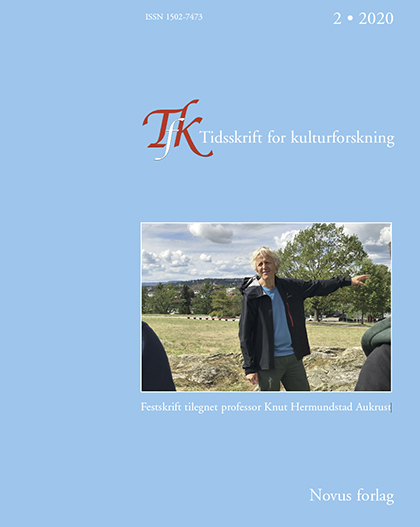Sammendrag
This paper discusses the performativity and spreadability of digital slogans and visual expressions after the terrorist attacks in Oslo and Utøya in Norway in 2011 and Paris in November 2015. The analysis is based on online fieldwork and is first and foremost focusing upon the uses of Facebook from the point of view of a Norwegian social media user.
While there has been a tendency in folkloristic work on digital visual forms to emphasize humorous expressions, this paper discusses expressions that are far from funny. After both these terrorist attacks photoshopped images and slogans such as "Oslove" and "Je suis Paris" circulated widely in social media. Drawing on media scholar Henry Jenkins' work, the paper examines the spreadability of such expressive forms and discusses some cultural implications of the intertwining of digital networks and everyday life. It argues that the transnational spreadablility of such digital forms brings the terrorist attacks closer to the everyday lives of media audiences far away. Drawing on disaster scholar Adi Ophir's term catastrophization, it concludes that that rapid and wide circulation of such digital forms contributes to a process of cultural catastrophization, adding a sense of a seemingly constant state of emergency to the everyday life of a transnational media audience.

